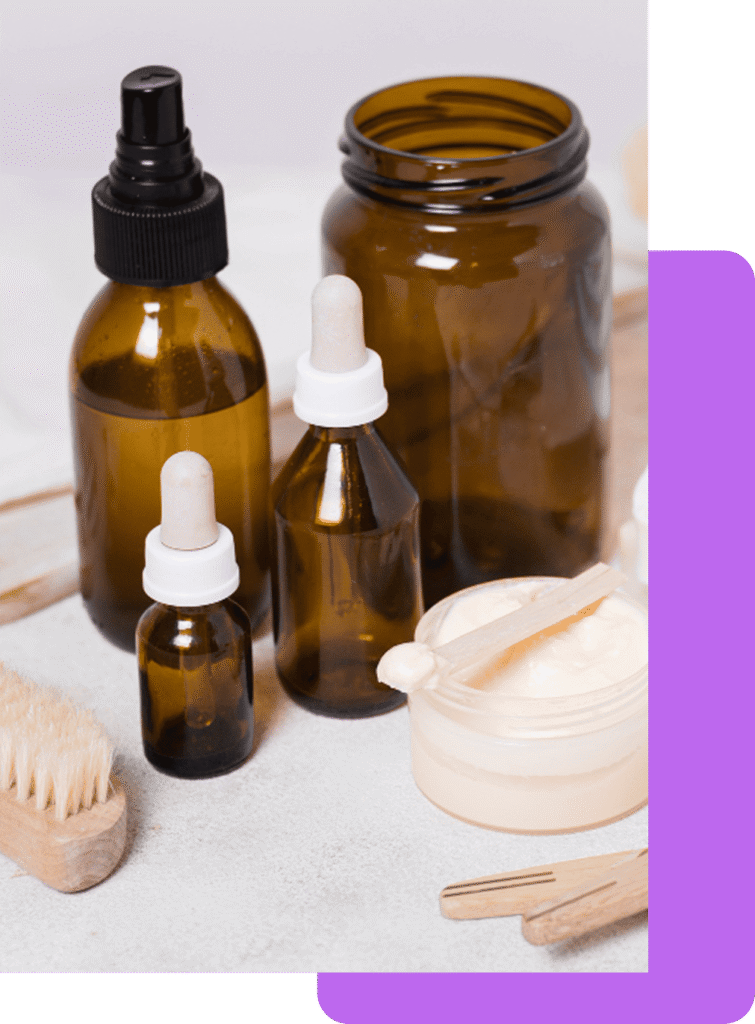Classification of Cosmetics for Health Canada Compliance
Classifying your product correctly is the first step to regulatory compliance in Canada. Classification determines approval pathways, ingredient restrictions, claims, and labeling. Sobel helps your product get correctly categorized from the start, preventing misclassification, regulatory delays, and costly adjustments.
- Companies uncertain if their product qualifies as a cosmetic, NHP, or drug.
- Brands preparing to launch cosmetics in Canada for the first time.
- International businesses entering the Canadian market.
- Regulatory and quality teams looking for early compliance clarity.

Compliance begins with correct classification. With Sobel, you avoid the risks of misclassification and gain confidence that your cosmetic follows the right regulatory pathway in Canada.

Why do you need this service?
Choosing the wrong classification of cosmetics can trigger audits, regulatory delays, and even force costly reformulations and relabeling.
A single claim or intended use may shift your product from a cosmetic into the natural health product or drug category, changing the entire regulatory pathway.
Getting your cosmetics correctly classified from the start prevents back-and-forth with Health Canada and paves the way for a smoother market entry.
An accurate classification of cosmetics in Canada
Get personalized support from the start of your regulatory journey. Our specialists analyze your product’s composition, intended use, and claims to confirm the right category — guiding you toward a regulatory path that is safe, compliant, and efficient.
Regulatory success is printed on your packaging.
Related
Services
Our cosmetic classification service guides your product to the correct category from the start, preventing misclassification, regulatory delays, and costly adjustments.
But correct classification is just the first step. We can also support you with:
Cosmetic Ingredient Review
Cosmetic formulation review to ensure alignment with Health Canada’s Hotlist.
Cosmetic Notification Package
Regulatory consulting for cosmetic notification and compliance to Health Canada.
Label Compliance Review
Ensure bilingual labeling compliance (EN/FR) and INCI ingredient listing requirements.
Expert support for the Classification of Cosmetics in Canada
The right category defines your product’s success. Sobel helps accurately classify cosmetics, avoiding missteps that can cost time and resources.
With our expert guidance, you can enter the Canadian market with confidence and clarity.
1. What is the classification of cosmetics under Health Canada rules?
It is the process of determining whether your product is considered a cosmetic, a natural health product (NHP), or a drug. This classification defines the approval requirements, ingredient restrictions, and labeling obligations.
2. Why is correct classification so important?
An incorrect classification of cosmetics can cause delays, regulatory audits, or even force reformulation and re-labeling. Proper classification avoids unnecessary costs and accelerates approval.
3. What is the difference between a cosmetic, a natural health product (NHP), and a drug in Canada?
Health Canada defines these categories based on composition, claims, and intended use. Cosmetics are applied to clean, beautify, or alter appearance without therapeutic claims. Natural health products (NHPs) cover items like vitamins, minerals, and herbal remedies with health-related purposes. Drugs include products that treat, cure, or prevent diseases and require stricter approval pathways. Sobel analyses your product profile to ensure it is classified in the correct category from the start.
4. Does Sobel handle approvals for NHPs or drugs?
No. Our service focuses on the classification of cosmetics. If your product is determined to be an NHP or drug, Sobel advises you on the appropriate regulatory pathway, but the approvals themselves are outside our scope.
5. What are borderline products and how does Health Canada classify them?
Borderline products are those that share features of more than one category, such as cosmetics, natural health products (NHPs), or drugs.Health Canada looks at composition, intended use, and claims to determine the correct category. Sobel helps you resolve these borderline cases and find the right regulatory path.

